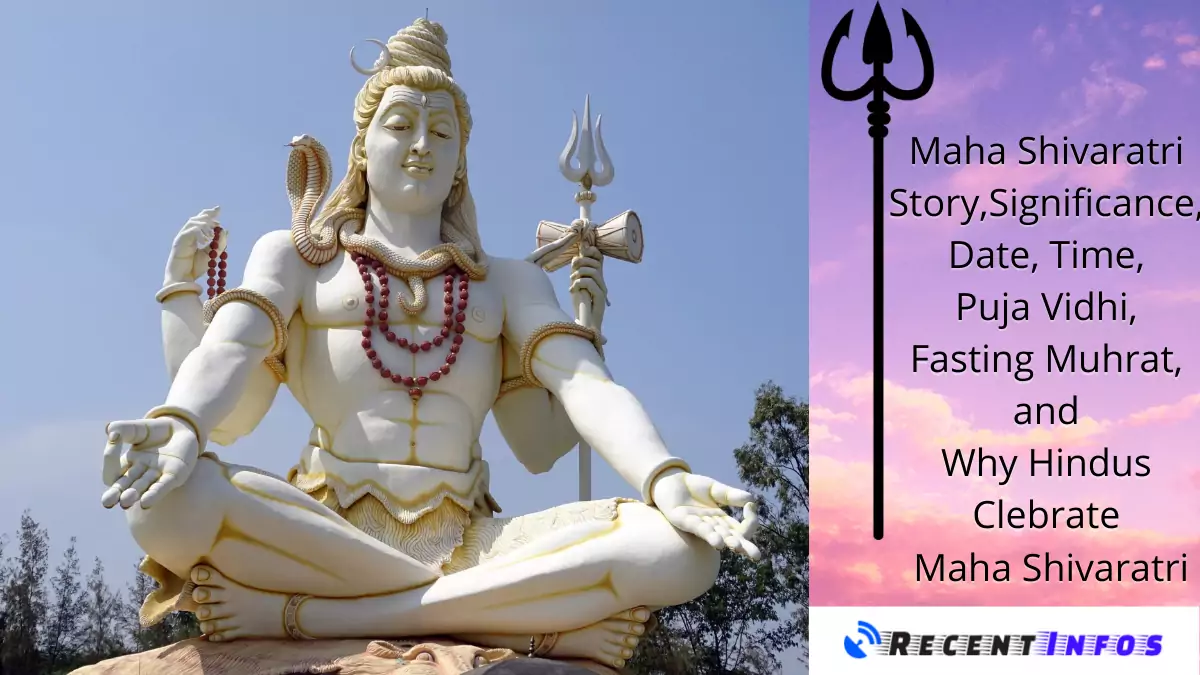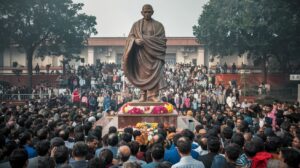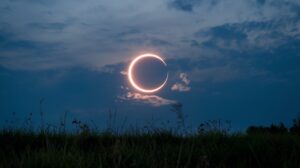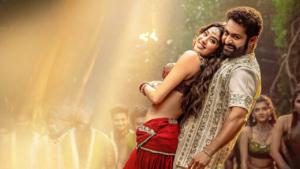Maha Shivaratri Story, Significance, Date, Time, Puja Vidhi, Fasting Muhrat, and Why Hindus Clebrate Maha Shivaratri: Maha Shivratri 2021 is one of the largest and most significant among the sacred festival nights of India. It will be the darkest night of the year to celebrate the Grace of Shiva, who is considered the Adi Guru or the First Guru, from whom the yogic tradition originates. This festival is considered to be the meeting of Shiva and Shakti. It is believed that on Maha Shivaratri, Lord Shiva married Goddess Parvati and according to the Hindu calendar, Shivaratri is marked every luni-solar month.
The term Maha Shivaratri means the ‘Great Night of Shiva’ and falls on the 13th night and 14th day of the New Moon. It is said that Lord Shiva used to perform the tandava nritya (dance) on Maha Shivaratri and this is one of the most sacred festivals in India.
Maha Shivratri 2021 Date and Time
Maha Shivratri is on Thursday, March 11
Nishita Kaal (night) Puja Time: 12:06 AM to 12:55 AM on March 12
Shivaratri Parana Time: 6:34 AM to 3:02 PM on March 12
Shivratri first prahar puja: 6:27 PM to 9:29 PM on March 12
Shivratri second prahar puja: 9:29 PM to 12:31 AM on March 12
Shivratri third prahar puja: 12:31 AM to 03:32 AM on March 12
Shivratri fourth prahar puja: 3:32 AM to 06:34 AM on March 12
Chaturdashi tithi begins: 2:39 PM on March 11
Chaturdashi tithi ends: 3:02 PM on March 12.
Maha Shivratri vrat vidhi Fasting
According to Drikpanchang, one day before Shivaratri Vratam, most likely on Trayodashi, devotees should eat only one time. On Shivaratri day, after finishing morning rituals devotees should take Sankalp to observe full day fast on Shivaratri and to take food the next day. During Sankalp, devotees pledge for self-determination throughout the fasting period and seek the blessing of Lord Shiva to finish the fast without any interference. Hindu fasts are strict and people pledge for self-determination and seek God blessing before starting them to finish them successfully.
On Shivaratri day devotees should take a second bath in the evening before doing Shiva Puja or visiting the temple. Shiva Puja should be done during night and devotees should break the fast next day after taking bath. Devotees should break the fast between sunrise and before the end of Chaturdashi Tithi to get the maximum benefit of the Vrat. According to one contradictory opinion, devotees should break the fast only when Chaturdashi Tithi gets over. But it is believed that both Shiva Puja and Parana i.e. breaking the fast should be done within Chaturdashi Tithi.
Shivaratri puja can be performed one time or four times during the night. The whole night duration can be divided into four to get four Prahar to perform Shiva Puja four times. Drikpanchang.com lists all four Prahar durations for staunch Shiva devotees who perform Shiva Pujan four times in the night. We also list Nishita time when Lord Shiva appeared on the Earth in the form of Linga and the time window to break the fast on the next day.
Maha Shivratri mantras
Shiva Moola Mantra: Om Namah Shivaya
Maha Mrityunjaya Mantra: Om Tryambakam Yajamahe Sugandhim Pushti-Vardhanam, Urvarukamiva Bandhanan Mrityormukshiya Mamritat
Rudra Gayatri Mantra: Om Tatpurushaya Vidmahe Mahadevaya Dhimahi, Tanno Rudrah Prachodayat
Shiva Stotram: Karpur Gauram Karunavataram, Sansara Saram Bhujagendra Haram, Sada Vasantam Hridayaravinde, Bhavam Bhavani Sahitam Namami








